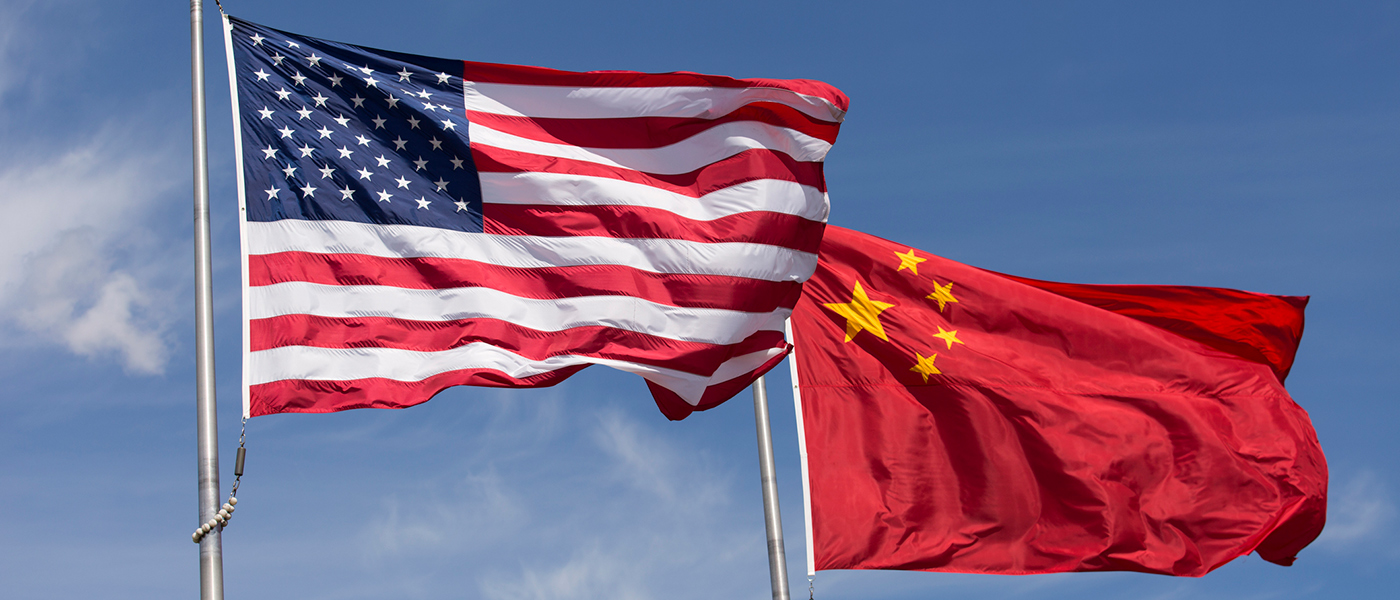The U.S. has levied tariffs against the EU, Canada, and Mexico, but negotiations and tariffs directed at China have taken center stage. Why? And what does this mean for free trade? In recent months, the world’s largest economies have found themselves in an increasingly heated trade war centered around tariffs. How exactly do these tariffs work?
What is a tariff?
The Tax Policy Center defines a tariff as “a tax on imported goods.”
If it’s a tax, someone has to pay, right?
Right. An interesting debate right now is who is bearing the brunt of this tariff ‘tax’? Such taxes are almost always paid by the importer, not the exporter. The importer, usually a domestic firm or business, will then often “pass its higher after-tax costs on to consumers” by raising the price of the goods enough to cover the extra costs incurred by the tariff. For example, due to tariffs on steel and aluminum, experts calculated the cost of washing machines rose by about $82 per unit in 2018. Experts at the Center for Automotive Research calculate tariffs on auto-part imports will raise the average cost of U.S.-made cars by almost $200 (AP News).
Do Tariffs Work?
Generally, the purpose of placing high, or expensive, tariffs on another country’s products is to raise the price on their products to make them cost more than similar products produced in one’s own country. The goal is for people to buy their country’s less expensive products, which keeps more money in their own country and grows their own economy. This should also protect domestic businesses and jobs producing these products, rather than sending money to other countries. Harvard Business Review goes in depth in this analysis of Economic Theory about Tariffs.
In today’s situation, President Trump wants to reduce tariffs across the board, resulting in freer and fairer trade (eliminating as many tariffs as is possible). Therefore, by raising tariffs now as he has been, the President is raising the stakes, and the financial costs, on countries who have imposed outsized tariffs on U.S. goods. This strategy on tariffs also brings China to the negotiating table on the unfair trade practices including intellectual property rights and currency manipulation.
Go deeper




